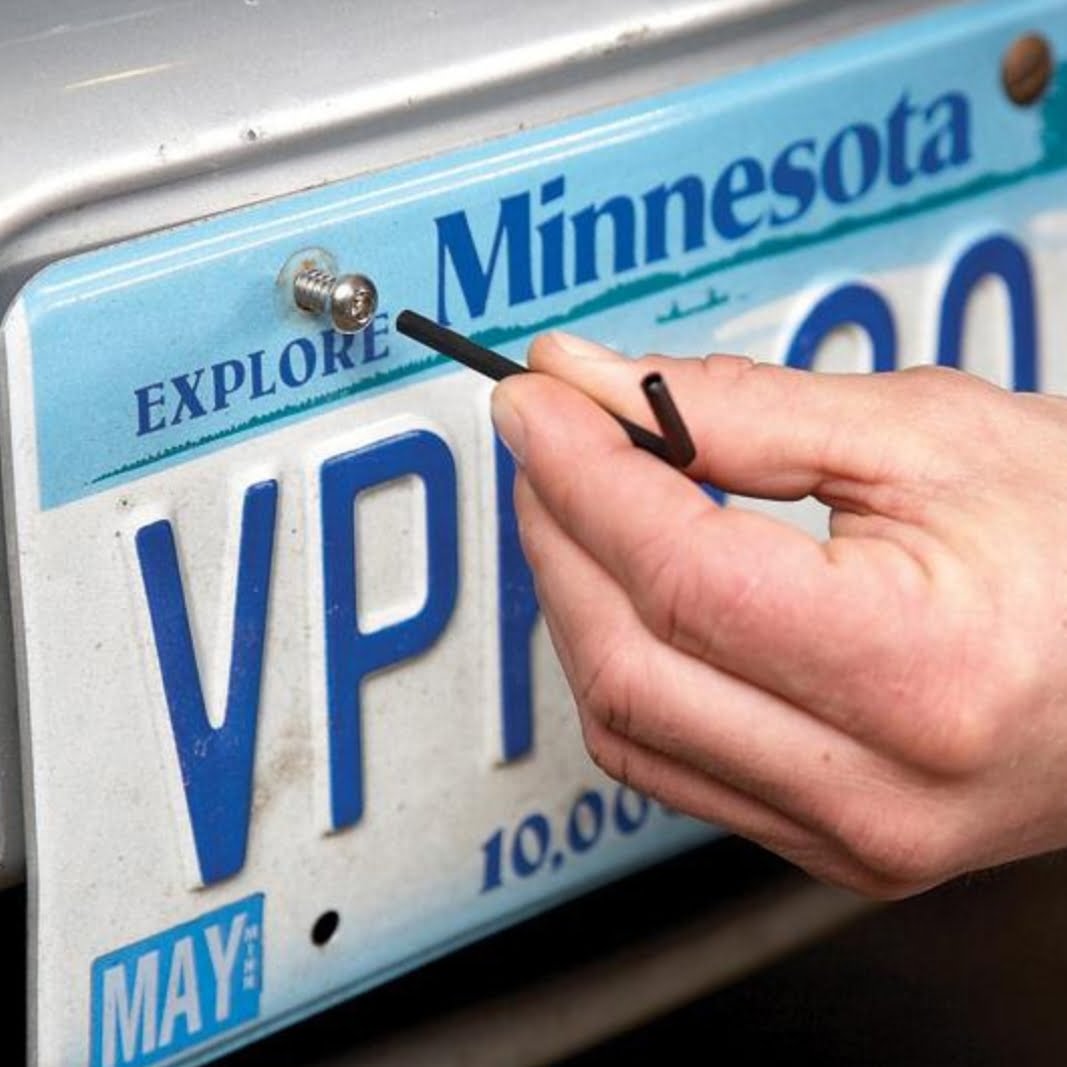According to the American Moving & Storage Association, 11.2% of Americans moved in 2015-2016. That comes out to 35.1 million, or 15.3 million households with 2.3 persons per household. If you’ve ever moved, you know how hectic it can be: packing, unpacking, and getting settled in. It can be even more stressful when you’re moving to an entirely new state. On top of moving and getting acquainted with your new home, you also have to apply for a new driver’s license, update your auto insurance, and register your vehicle. You also need to know when to renew your driver’s license in your new state. To help make the transition as smooth as possible, here are seven tips you should know when moving to a new state.
1. Find Your New State’s DMV. If you move to a new state, you must apply for a new driver’s license. Most states require you to apply for a new license within 30 days of becoming a resident. If you are a student, however, you most likely do not have to apply for a license in the state where your college or university is located because you’re not considered a resident. Because you’re a new resident, the state will probably require you to visit the DMV in person. To save yourself time, you can go online and find your local DMV branch. There, you can locate basic information, including the address, office hours, services offered, how many days you have to apply for a driver’s license, when you’ll need to renew your license, and what documents you’ll need to apply for a new license. To save you even more time, some states, such as Washington allow you to pre-apply for a driver’s license online.
2. Apply for a New License. Once you’ve found your local DMV, you’ll need to apply for a new license. In most cases, this is a simple trip to the DMV where you have your picture taken and pay a small fee, as long as you have the following.
- Your valid out-of-state license that contains a picture. If your license is suspended or revoked in another state, you can not apply for a new driver’s license
- Your Social Security Number
- Proof of residency (a utility bill or bank statement)
Some states also require that you take a vision test or written exam on state driving laws. Again, visit your state’s DMV website to find out the exact documents andrequirements you need to obtain a new driver’s license.
3. Register Your Vehicle in Your New State. While you’re at the DMV, you might as well go ahead and register your vehicle in your new state. If you own your vehicle, this shouldn’t be a hassle. Simply bring your title and proof of insurance, and pay a small fee. Other states do require that your vehicle pass an emissions test and vehicle safety inspection.
If you’re financing or leasing a vehicle, this can be a little more complicated since you don’t have the title. In this case, you need to contact your lender and ask them to mail the title to your local DMV. After they register your vehicle, the DMV will mail the title back. Because each state has different laws, visit your state’s DMV website to locate the specific process for registering your vehicle.
4. Update Your Auto Insurance Policy. Insurance requirements vary from state-to-state. Most require you to have minimum coverage, while some allow you to pay an uninsured motorist fee. Regardless of the exact laws, if you want to avoid any financial or legal repercussions, make sure to call your current insurance company to update your policy. Your insurance company should be able to connect you to an agent licensed in your state to help you determine the right policy you’ll need.
5. Register to Vote. If you want to participate in elections your new home area, you’ll need to register to vote. Thankfully, when you’re at the DMV, you can also register to vote in your new state.
6. Surrender Your License Plates. When moving to a new state, your previous state might require you to surrender your license plates. You can do this by dropping them off at the DMV or mailing them back to the DMV. This ensures that you don’t have to pay extra in property taxes. In some situations, you might also be able to receive a refund for any overpaid taxes and registration fees, but you’ll need to contact your county clerk to handle the matter.
7. Renew Your Driver’s License in Your New State. Now that you have your new license, the driver’s license renewal process in your new state is fairly straightforward as long as don’t let your license expire or have it suspended.
Depending on the state, your new license will be valid for 4 to 8 years. If you aren’t sure of the exact date, you don’t need to panic because you’ll receive a renewal notice in the mail. After you’ve received the notice, you have the option to renew your driver’s license in person, by mail, or online by providing the same documents you used to apply for your new license. If you’re in the military and stationed out of state, you can renew your license by phone or by asking for an Extension of License for Person in Armed Forces card. And, don’t forget to have a credit or debit card or check to pay the driver’s license renewal fee. The amount varies from state to state, but your renewal notice should state the amount you owe. If not, contact your state’s DMV.
For more info visit http://www.moving.org/newsroom/data-research/about-our-industry/






